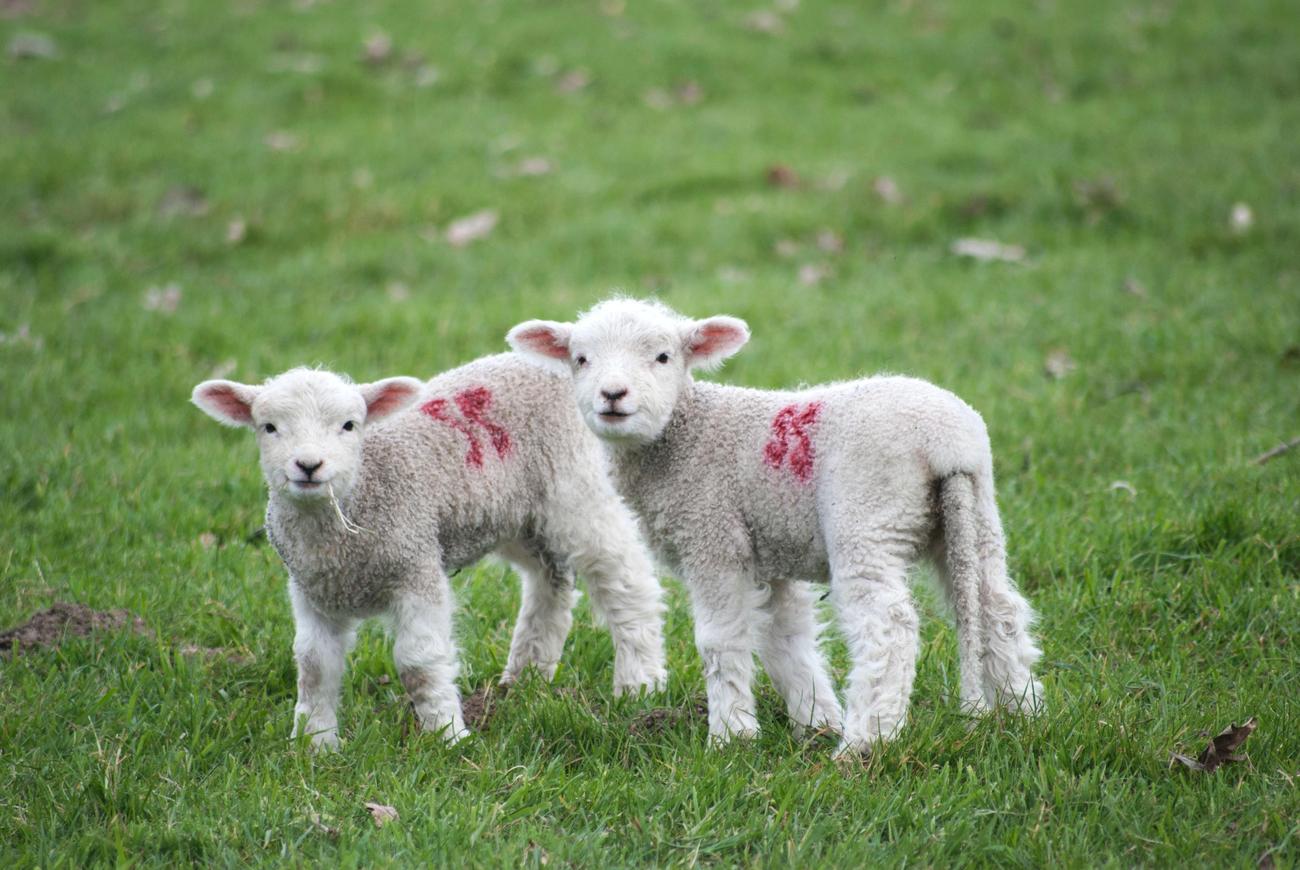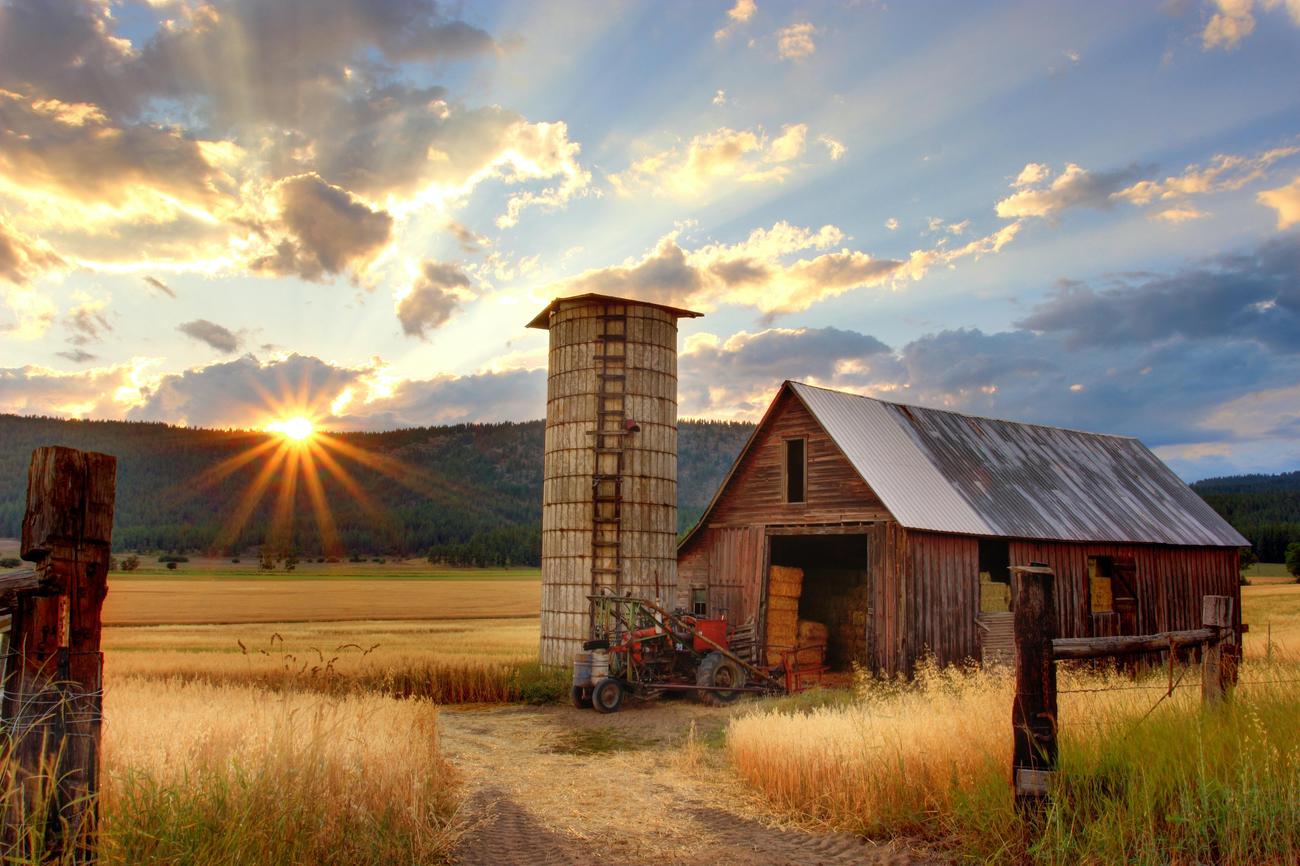If you’ve ever wondered about the intricate process that goes into producing the soft and versatile fabric that is cotton, you’re in for a treat. Today, we embark on a journey to unravel the fascinating facts about cotton farming. From its rich history to the modern challenges it faces, this article will take you through the vast fields of knowledge surrounding this essential industry. So, fasten your seat belts and get ready to delve into the world of cotton farming like never before.

Facts About Cotton Farming
Cotton farming is a vast and fascinating industry that plays a crucial role in our global economy. With its myriad uses and rich history, cotton has become a staple in our lives. But how much do we really know about the process of growing and harvesting cotton? In this article, we will delve into the facts about cotton farming, shedding light on its importance, challenges, and potential solutions.
The Widespread Influence of Cotton
Did you know that cotton is the most widely grown non-food crop around the world? This remarkable plant provides income for over 250 million people worldwide and employs nearly 7% of all labor in developing countries. Furthermore, approximately half of all textiles are made of cotton, showcasing its immense significance in the textile industry.
Ancient Origins and Remarkable Longevity
Cotton farming is not a recent development; rather, it has been an integral part of human civilization for thousands of years. The remains of cotton clothing dating back over 7,000 years have been discovered, highlighting the endurance of this versatile crop. Cotton is a completely natural fiber, grown on a plant related to hibiscus. It grows quickly from seeds, reaching a height of around 1.2 meters.
Global Production and Quality Leaders
Cotton is grown in more than 70 countries, but the top producers are China, the United States, India, and Pakistan. When it comes to producing the best quality cotton, Egypt and Australia outshine others with their exceptional fibers. However, it is disheartening to note that only 13% of the world’s cotton is currently produced sustainably, indicating the need for more environmentally friendly farming practices.
Water Scarcity and Environmental Impact
One significant challenge in cotton farming is its heavy reliance on water. It takes a staggering 2,720 liters of water to make just one cotton t-shirt. With water scarcity becoming a pressing issue in many regions, finding sustainable solutions is crucial. Additionally, cotton farming often involves the use of herbicides and pesticides, which can have adverse effects on the environment. Therefore, proper soil management and the adoption of organic and integrated pest management practices are essential for reducing the environmental impact.
The Innovative Cotton Gin and Labor Intensive Nature
A machine that revolutionized cotton farming is the cotton gin. Invented by Eli Whitney in the late 18th century, the cotton gin efficiently separates cotton fibers from seeds, making the process much faster and more efficient. However, despite technological advancements, cotton farming remains labor-intensive. Picking cotton by hand is a laborious task, requiring skilled workers to ensure the quality of the fiber.
Conclusion
With its extensive reach and multiple challenges, cotton farming offers a captivating blend of history, labor, and environmental concerns. Understanding the facts about cotton farming is not only informative but also crucial in addressing the industry’s challenges and working towards sustainable solutions. So the next time you slip into a soft cotton t-shirt, take a moment to appreciate the rich tapestry of knowledge behind this humble fabric.
Key Takeaway: Cotton farming is a widespread and significant industry that impacts millions of lives worldwide. From its ancient origins and global production to the challenges of water scarcity and environmental impact, the facts about cotton farming shed light on important aspects of this industry. By fostering sustainability and embracing technological advancements, we can ensure a brighter future for cotton farming.
Cotton is a fascinating plant that has been woven into the fabric of human history for centuries. If you’re curious to learn more about this remarkable natural fiber, click here to discover 3 facts about cotton. You’ll be amazed at the surprising information that lies within the fibers of this humble plant. Happy exploring!
Facts About Cotton Farming
Cotton cultivation process plays a pivotal role in the production of this versatile and widely used natural fiber. Understanding the various stages and techniques involved in cotton farming can help us appreciate this agricultural practice even more. From planting the seeds to harvesting the fluffy white bolls, there is a fascinating journey that takes place. If you’re intrigued by the cotton cultivation process, click here to learn more about it: Cotton cultivation process.
Sustainable practices in cotton farming are instrumental in ensuring the longevity and environmental friendliness of this industry. By implementing innovative techniques and embracing eco-friendly methodologies, farmers can make a positive impact on the planet while growing cotton. Curious to discover some of the sustainable practices in cotton farming? Click here to explore and learn more: Sustainable practices in cotton farming.
Another critical aspect to consider is the impacts of cotton farming on local communities. Cotton farming has the power to uplift communities economically, but it can also have various social and environmental implications. If you’re interested in gaining insight into the challenges and benefits faced by local communities due to cotton farming, click here: Impacts of cotton farming on local communities.
Remember, cotton farming is not just about soft, comfortable fabrics; it is a complex and multifaceted process that affects various aspects of our world. By exploring these links, you can delve deeper into the captivating world of cotton cultivation, sustainable practices, and the community dynamics involved. So why wait? Click on the links and embark on an exciting journey into the intricacies of cotton farming!

FAQ
Question 1
What is the significance of cotton farming globally?
Answer 1
Cotton is the most widespread profitable non-food crop in the world. It provides income for over 250 million people worldwide and employs almost 7% of all labor in developing countries. Additionally, approximately half of all textiles are made of cotton.
Question 2
What are some key facts about cotton as a crop?
Answer 2
Cotton is planted in the spring, grown over summer, and picked in autumn. The cotton plant grows to around 1.2 meters in height, and each bale of cotton weighs 227 kilograms. Cotton is a natural fiber grown on a plant related to hibiscus, and it is an ancient crop that has been woven into fabric for over 7,000 years. Cotton is grown in more than 70 countries, with China, the United States, India, and Pakistan being the top producers. The best quality cotton comes from Egypt and Australia.
Question 3
What is the environmental impact of cotton farming?
Answer 3
Only 13% of the world’s cotton is produced sustainably. It takes 2,720 liters of water to make one cotton t-shirt, and cotton farming relies heavily on herbicides and pesticides. Water scarcity is a major vulnerability for cotton production. Despite these challenges, cotton is a completely natural fabric and grows quickly from seeds. Proper soil management is essential for successful cotton farming.
Question 4
What is the role of cotton gin in cotton farming?
Answer 4
Cotton gin is a machine that separates cotton fibers from seeds. It revolutionized the cotton industry, making it more efficient to process cotton and significantly increasing production capabilities.
Question 5
How does cotton farming impact the environment?
Answer 5
Cotton farming, especially when conducted unsustainably, can have negative environmental impacts. The heavy use of pesticides and herbicides can lead to soil and water contamination. Additionally, the high water requirements for cotton production contribute to water scarcity issues. Sustainable farming practices, such as organic cotton farming and responsible water management, are important for minimizing the environmental footprint of the cotton industry.
- China II Review: Delicious Food & Speedy Service - April 17, 2025
- Understand Virginia’s Flag: History & Debate - April 17, 2025
- Explore Long Island’s Map: Unique Regions & Insights - April 17, 2025
















